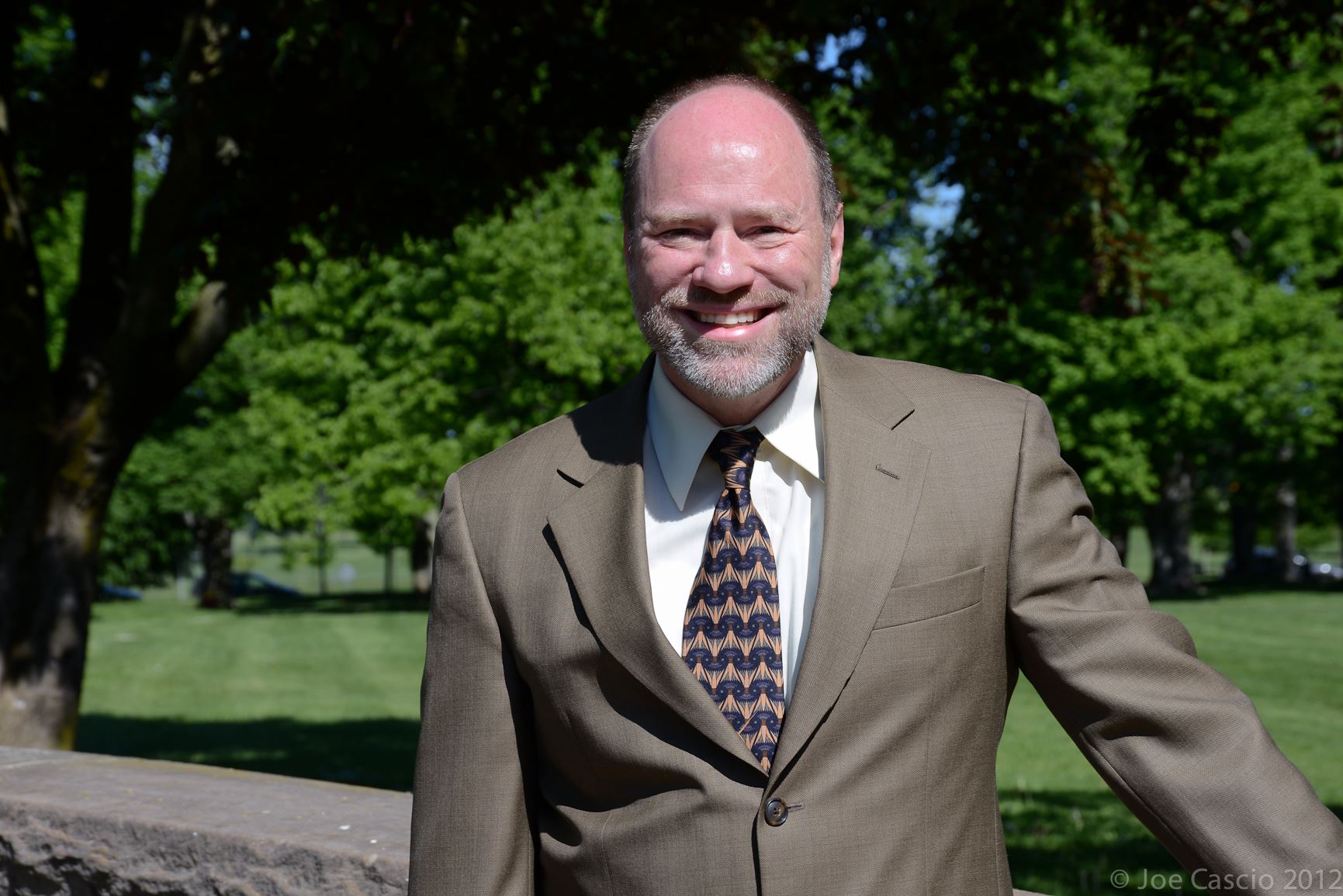Daily Business Report-April 15, 2015
The drought’s impact on Folsom Lake in the Sierra-Nevada foothills about 25 miles east of Sacramento.
Metropolitan Water District Approves
15 Percent Cut in Water Allocations
Delegates from San Diego supported steeper cut
Metropolitan Water District of Southern California’s board of directors on Tuesday approved a 15 percent water supply cutback to the San Diego County Water Authority and its other customers starting July 1, in response to unprecedented drought conditions.

Given the severity of the drought, the MWD delegates from the San Diego County Water Authority supported a steeper cut, and voted yes on a substitute motion to adopt a Level 4 — 20 percent — allocation because key assumptions made by MWD on its available water supplies this year were overly optimistic, according to the Water Authority.
The San Diego delegates also said the Level 4 allocation would be more protective of MWD’s stored supplies and would help MWD avoid potentially steeper allocations next year, should drought conditions persist. That substitute motion failed, and the Water Authority delegates voted no on the Level 3, 15 percent allocation.
The Water Authority’s board of directors will consider establishing fiscal year 2016 water delivery reductions for its 24 member agencies at a special meeting on May 14 along with other regional drought response actions. The board initially was scheduled to take action on April 23. That decision was rescheduled after the State Water Resources Control Board announced it would adopt water reduction mandates on May 6 to implement Gov. Jerry Brown’s April 1 executive order mandating a 25 percent statewide reduction in water use.
The Water Authority has submitted formal comments to the state board about its proposed framework for water-use reductions because the initial draft would undermine investments in water supply reliability projects and harm the state and local economies. Following the state board’s May 6 action and the Water Authority’s May 14 action, the Water Authority’s member agencies will develop plans for meeting each community’s water-use reduction targets.
“Under our region’s drought management plan, the Water Authority would have been able to significantly reduce the impact of today’s cuts by MWD using the prudent investments we have made in conservation and independent water supplies over the past two decades,” said Maureen Stapleton, general manager of the Water Authority. “The proposed regulations by the state board do not allow us to get credit for those investments, and we are working hard in Sacramento to craft more equitable rules.
“While we don’t know exactly what the final conservation targets will be, it’s critical that every resident immediately eliminate unnecessary water use – severely restrict lawn watering, take shorter showers and fix leaks immediately,” Stapleton said. “We could be in for a very long road ahead, and we all need to step up. Taking all of these actions indoors and outdoors really does add up to a significant water savings across the region.”

Scientists Say Smoking Increases
Compulsive Alcohol Consumption
Why do smokers have a five to ten times greater risk of developing alcohol dependence than nonsmokers? Do smokers have a greater tendency toward addiction in general or does nicotine somehow reinforce alcohol consumption?

Now, a study led by scientists at The Scripps Research Institute helps provide insight into these questions, showing that, in rat models, nicotine exposure actually promotes alcohol dependence.
“It’s a vicious cycle,” said TSRI biologist Olivier George, a senior author of the new study. “Nicotine makes individuals crave alcohol to ‘reward’ the brain and reduce stress.”
In the study, published April 14 in The Journal of Neuroscience, the researchers also showed that the combination of nicotine and alcohol activated a unique group of neurons, giving positive reinforcement to continue alcohol and nicotine use.
In conducting the new research, the team first tested whether nicotine exposure could affect alcohol-drinking behavior in rat models. They started with two groups of male rats. Both groups were given access to alcohol to establish the baseline of how much they would drink. The rats drank a little bit, perhaps the equivalent of one or two beers for a human, but they stopped before showing signs of drunkenness.
After this baseline test, the researchers used alcohol vapor to induce alcohol dependence in one group of rats. Dependence developed in about two months. In subsequent tests where alcohol was freely available, these rats consumed the equivalent of a six-pack of beer and had blood alcohol levels close to three times the legal limit for humans.
The second group of rats was exposed to both nicotine and alcohol vapor. These rats developed alcohol dependence much faster—and they began drinking the equivalent of a six-pack in just three weeks. “We had never seen such a rapid escalation of alcohol drinking before,” said George.
The researchers then offered the rats alcohol with the bitter compound quinine added to see if they could stop the rats from drinking. Most rats decreased their alcohol consumption to avoid the bitter taste, but the nicotine-exposed rats just kept drinking. This indicated that their behavior was compulsive, much like alcoholism in humans.
NFL Executive Tells San Diego
To Hurry With New Stadium Plan
The National Football League executive in charge of stadium issues said Tuesday that waiting until late next year for a public vote on a new stadium plan in San Diego would be risky.
Eric Grubman, speaking to reporters following a 90-minute meeting with members of the advisory group working on a financing plan for a new facility, said league officials are considering moving up a window for teams to submit relocation requests to the league.
The time frame is currently Jan. 1 to Feb. 15, and it’s more likely than not to be moved up, Grubman said.
“A project has to be conceived and designed to get the support of the team, in my opinion, and has to have funding sources which are identified,” Grubman said. “And if those funding sources require a vote, then you have to go get the vote, and to wait until the end of next year to get a vote would seem to me to be very risky.”
Both Grubman and Adam Day, the chairman of the task force, termed their get-together as having gone “very well” and as “very positive.”
The nine-member task force selected by Mayor Kevin Faulconer has recommended a new stadium for the Chargers, San Diego State University, the Holiday and Poinsettia bowls, high school championships and special events be located in Mission Valley djacent to aging Qualcomm Stadium.
The stadium would be built in conjunction with a park along the San Diego River and a residential, office and retail development. A financing plan is due to be issued next month.
— City News Service
SDSU Team Takes First Prize
In Business Plan Competition
A team from San Diego State University took first prize in the Richard Barrentine Values and Ventures Business Plan Competition for demonstrating a low-tech threshing machine that may offer one solution to reducing poverty.

The team was awarded $25,000 in prize money and $75,000 in-kind support from business sponsors. Team members were SDSU management lecturer Michael Sloan, alumnus Gemechu Abraham and management student Peter Morill.
They demonstrated a threshing machine that efficiently processes teff, a grain the size of a sesame seed, found primarily in Ethiopia. Teff is a critical part of the Ethiopian diet, though it is currently harvested by having either animals or humans stomp on the harvested grass until the grain drops on the ground.
“Currently, it takes approximately 14 hours, five humans and several livestock animals to produce two pounds of teff,” said Morrill. “Our threshing machine can produce 7.5 pounds of grain in the same amount of time using only two humans. Plus the grain is cleaner and without the dirt and debris that accumulates on it when it is swept up off the ground.”
The competition was held April 10-11 at Texas Christian University.
Gemechu Abraham is the founding entrepreneur of World Entrepreneurs Do Good (W.E. Do Good), which is the organization behind the teff threshing machines. “Our business plan calls for allowing Ethiopian women the ability to purchase the threshing machines with low interest loans,” he said. “These entrepreneurial women would then rent the machines to farmers providing cash to the women and their families and giving the farmers a more cost effective method of processing their grain before it goes to market.”
An early prototype of the threshing machine was tested earlier this year in Ethiopia with much success. The Ethiopian test group offered suggestions for improvements to the machine which the team will incorporate into their third prototype. That prototype is expected to be complete and ready for testing by the end of this year.
Along with the prizes from the Values and Ventures competition, additional support for W.E. Do Good has come from SDSU’s Lavin Entrepreneurship Center and SDSU’s Zahn Innovation Center, who assembled a team of engineering students to design and build the prototype.
Balboa Park Conservancy Hires
New Executive Director and CEO

The Balboa Park Conservancy has hired Thomas Herrera-Mishler as the organization’s new executive director and CEO following a national search. Herrera-Mishler will officially start his new position on July 1, after serving as CEO and president of the Olmsted Parks Conservancy in Buffalo, N.Y., since 2008.
“Helping to keep Balboa Park magnificent is a job I will relish,” said Herrera-Mishler. “As a nexus of arts and culture, recreation, and horticulture within such a diverse and dynamic urban setting, few places are as perfectly poised as Balboa Park to serve as both an economic catalyst and primary cultural resource for its neighborhoods and region.”
Born in Mexico and fluent in Spanish, Herrera-Mishler moved to the United States as an adolescent. He holds a bachelor’s degree in Spanish language and literature with a minor in business administration and a master’s degree in landscape architecture and regional planning, with a specialization in urban design, from the University of Michigan.
Prior to serving as CEO and President of Olmsted Parks Conservancy, where he helped to secure over $30 million for capital improvement projects, he worked as the executive director of the Awbury Arboretum in Philadelphia, Airlie Gardens in Wilmington, N.C., and the Massachusetts Horticultural Society in Boston. As a landscape architect and planner, Herrera-Mishler has designed projects across the US, the Caribbean, Mexico, and Spain.

Conservation Groups Launch
Petition to Save the Monarch Butterfly
Officials from Mexico, the United States and Canada will convene a wildlife conservation meeting in San Diego this week that will consider the crisis of the monarch butterfly, which travel through the three countries and whose population has plummeted in recent years.
The monarch butterfly refuge in Mexico, a UNESCO World Heritage Site that is winter home to tens of millions of migrating monarchs, should be declared “in danger” because the remarkable transcontinental migration it was established to protect “is at risk of disappearing,” according to a petition filed with UNESCO by the National Resources Defense Council in Washington and a group of Mexican organizations.
the Trilateral Committee for Wildlife and Ecosystem Conservation and Management, which opened its annual meeting Tuesday in San Diego, has
scheduled a plenary session for today on Monarch Butterfly conservation.
Scientists say massive herbicide use in the U.S. and Canada is wiping out the native milkweed plants that monarchs need to survive. The petition was filed by Mexican organizations Grupo de los Cien, Alternare A.C., Danaidas Conservación y Desarrollo Sustentable A.C., Telar Social México, and CostaSalvaje, the U.S.-based Natural Resources Defense Council, and the David Suzuki Foundation in Canada.
“Mexico has made great strides in protecting the monarch reserve itself from illegal logging and other threats, but we can’t save the monarch migration without more help from the United States and Canada,” said Homero Aridjis, president of Grupo de los Cien and a former Mexican ambassador to UNESCO who was instrumental in the agency’s designation of the Monarch Butterfly Biosphere Reserve as a World Heritage Site in 2008.
“We’re hoping that international recognition of the monarchs’ peril will encourage stronger efforts by the U.S. to protect monarchs’ habitat and to bring back some of the milkweed that has been destroyed,” said Carolina Herrera, an international advocate for the National Resources Defense Council, which has filed a petition and two lawsuits against the U.S. Environmental Protection Agency seeking restrictions on glyphosate, the weed-killer that is the chief culprit in the monarchs’ decline. NRDC is also promoting programs to plant more milkweed.

Girl Scouts Honor San Diego’s Cool Women — and a Cool Girl
Girl Scouts San Diego recognized 11 “Cool Women” of San Diego women and one “Cool Girl” on Tuesday for their achievements, contributions to the San Diego community and status as role models.
“We’re proud to honor these exemplary women for their extraordinary leadership and community service,” said Jo Dee C. Jacob, chief executive officer of Girl Scouts San Diego. “Our Cool Women’s personal and professional lives make them consummate role models for girls.”
The 15th annual ceremony took place at the Del Mar Country Club in Rancho Santa Fe before a luncheon of several hundred. The 11 women recognized are:
• Karen Archipley, co-founder of Archi’s Acres, a hydro-organic farm.
• Rabbi Cantor Arlene Bernstein of Congregation Beth Israel.
• Lesley Cohn, co-founder of Cohn Restaurant Group.
• Dr. Karen S. Haynes, president of California State University San Marcos.
• Reena Horowitz, businesswoman, philanthropist and jewelry designer.
• Awetash Keflezighi, an Eritrean immigrant whose 11 accomplished children include legendary marathoner Meb Keflezighi.
• Carol Lazier, president of the San Diego Opera board of directors.
Susan Salka, CEO and president of AMN Healthcare.
• Rose Schindler, a Holocaust survivor and educator.
• Sue Swenson, a pioneer in the wireless industry.
• Carmen Vann, a Turner Construction project executive whose projects include the San Diego Central Library.
Schindler, who survived the Auschwitz death camp in World War II, received a standing ovation after her award.
In addition to the 11 women, Del Norte High School junior Elena Crespo of Rancho Bernardo was named the Cool Girl of 2015. As a Girl Scout, she developed a computer lab for a school in Panama using computers donated by Cal State San Marcos.



